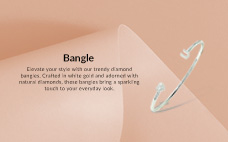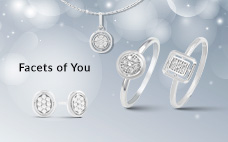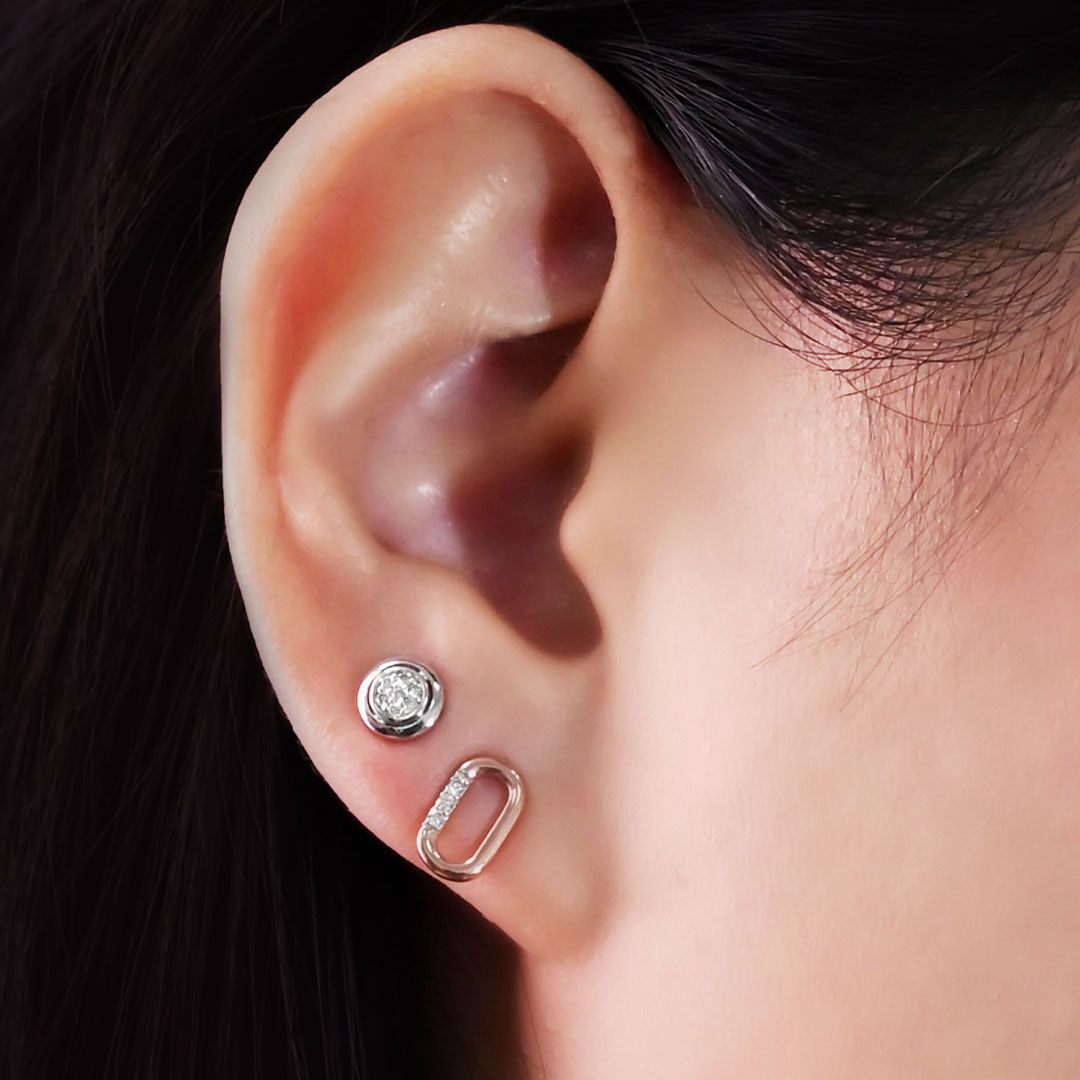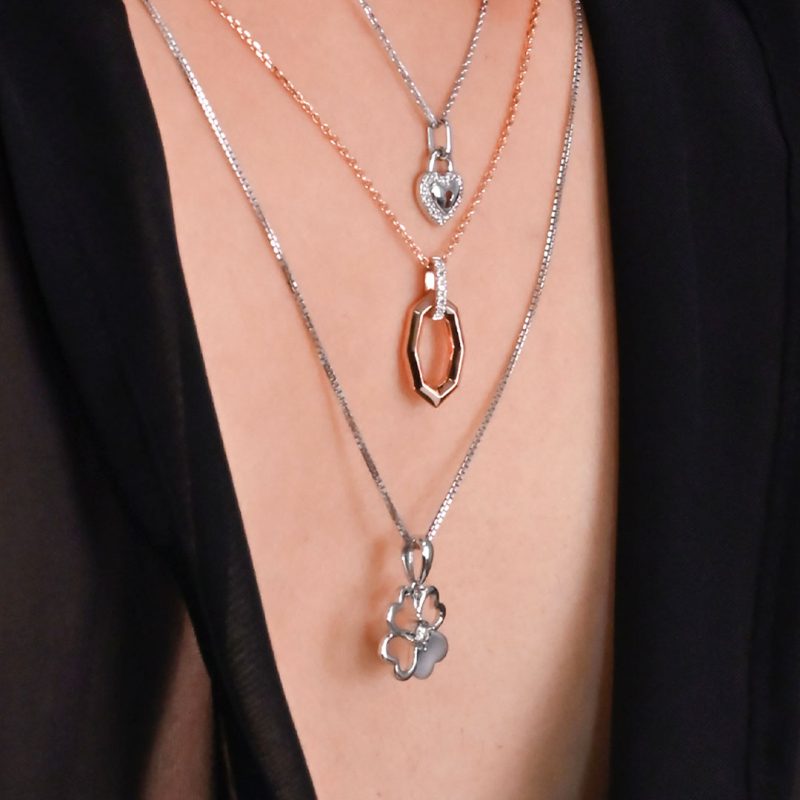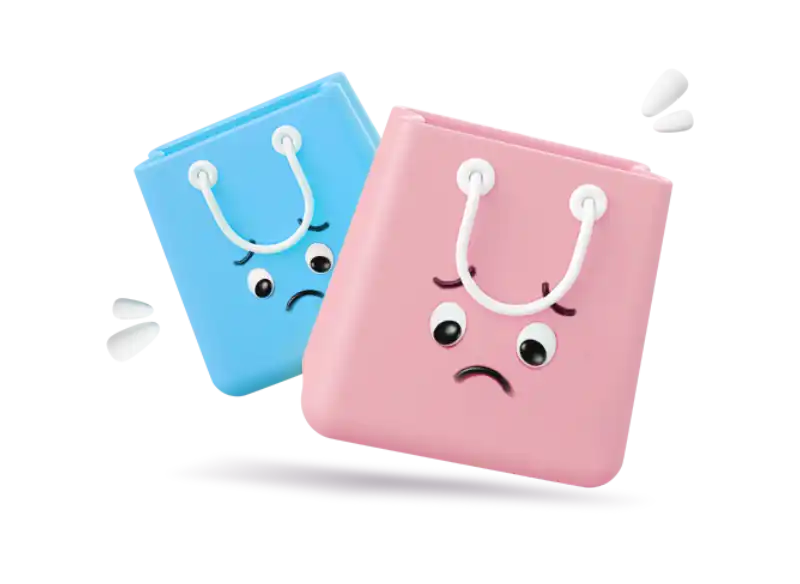When it comes to choosing the perfect gemstone for your jewelry, many people are torn between cubic zirconia and diamonds. While both stones offer beauty and sparkle, they differ significantly in terms of composition, durability, and value.
In this guide, we’ll explore everything you need to know about cubic zirconia (CZ) and diamonds, from their origins to their distinct characteristics.
What is Cubic Zirconia?
Cubic zirconia, commonly abbreviated as CZ, is a synthetic gemstone that was initially developed for industrial use, particularly in lasers. Over time, its diamond-like appearance and affordability made it a popular choice in the world of jewelry, especially since it mimics many of the visual properties of diamonds at a fraction of the price. Chemically, CZ is composed of zirconium dioxide (ZrO2), whereas diamonds are made from carbon.
One of the most interesting things about CZ is its rise in popularity during the 1970s, when jewelers began using it as a diamond alternative. Its affordability and ability to closely resemble diamonds under casual observation contributed to its widespread use, especially for costume jewelry or engagement rings for those on a budget.
What is a Diamond?
A diamond is a natural gemstone formed deep within the Earth under extreme heat and pressure. Made of carbon atoms arranged in a unique crystal structure, diamonds are known for their exceptional hardness, clarity, and brilliance.
Unlike synthetic alternatives, natural diamonds are formed over billions of years, making each one unique. They are commonly used in jewelry and are often associated with special occasions due to their durability and timeless appeal.
Zirconia vs Diamond
Diamonds are natural, made of carbon, and highly durable with unmatched brilliance. On the other hand, zirconia is a lab-created stone, less durable, heavier, and exhibits more rainbow-like sparkle compared to a diamond’s pure white brilliance.
Though they may look alike at first glance, cubic zirconia and diamonds have several important distinctions. Here, we’ll break them down across different aspects.
Colour
Diamonds, formed naturally, often have subtle color variations due to trace elements found in their formation. You may notice slight hints of yellow or brown in lower-grade diamonds.
On the other hand, cubic zirconia is lab-created, and its color is precisely controlled, often achieving the appearance of a D-color diamond, the highest grade on the diamond color scale.
Sparkle
Diamonds are known for their brilliant white light reflection, often referred to as brilliance. In contrast, CZ has a higher “fire,” meaning it disperses light into colorful rainbow flashes. This colorful sparkle may look attractive, but it’s one of the giveaways that you’re looking at cubic zirconia instead of a diamond.
Inclusions
Inclusions are tiny imperfections found in natural diamonds, giving each stone its unique character. Cubic zirconia, being synthetic, is typically flawless, with no visible inclusions. This perfection, while beautiful, can sometimes appear too perfect, lacking the individuality that diamonds possess.
Hardness
When it comes to hardness, diamonds are unmatched. With a rating of 10 on the Mohs hardness scale, they are the hardest known natural material. Cubic zirconia, while still relatively hard at 8 to 8.5, falls short of diamonds in terms of scratch resistance.
Due to their superior hardness, diamonds are highly resistant to scratches and can maintain their clarity and sparkle for a lifetime. Cubic zirconia, however, is more prone to scratching, which can dull its appearance over time, particularly with daily wear.
Long-Term Wear
If you’re looking for a stone to wear every day, such as in a ring, a diamond is the more durable option. Over time, cubic zirconia can become cloudy and lose its sparkle, requiring replacement or frequent maintenance, especially if worn regularly.
Commemorate everyday strength and personal milestones with natural diamond jewelry that shines through time. Discover meaningful pieces at DiamondTalk Malaysia like our diamond rings or diamond earrings—each designed for style and strength.
Price
Another primary difference between cubic zirconia and diamonds is the cost. The price disparity is largely due to the rarity and natural formation process of diamonds.
Density
Cubic zirconia is denser than diamonds, meaning that a CZ stone will feel heavier in your hand than a diamond of the same size. This weight difference is often noticeable and can serve as another distinguishing feature.
Refractive Index
Another scientific difference is the refractive index, which measures how much a material bends light. Diamonds have a higher refractive index than CZ, contributing to their signature brilliance and exceptional sparkle. While CZ can sparkle beautifully, its refractive index is lower, which means it doesn’t quite match the depth of light reflection seen in diamonds.
How to Identify Cubic Zirconia From Diamonds
Even though cubic zirconia and diamonds look similar, there are several ways to differentiate between them:
- Sparkle Observation: Take the stone into natural light. A diamond will dazzle with a crisp, white sparkle, while cubic zirconia often displays colorful, rainbow-like flashes.
- Weight Comparison: For stones of the same size, cubic zirconia will feel heavier than a diamond, thanks to its greater density.
- Check for Inclusions: Natural diamonds often have small imperfections, which enhance their uniqueness as remarkable gifts from nature. In contrast, cubic zirconia is usually flawless, lacking the character and story of a natural diamond.
- Scratch Inspection: If you notice scratches on the surface, the stone is likely CZ. Diamonds, due to their hardness, resist scratching much better.
Conclusion
Deciding between cubic zirconia and diamonds ultimately comes down to your priorities. If you want a durable, valuable stone with lasting beauty, a diamond is likely your best choice, especially for engagement rings or everyday jewelry.
If you’re ready to invest in the timeless beauty of diamonds, explore an exquisite collection of diamond jewelry at DiamondTalk. We offer a diverse range of natural diamond jewelry to match every occasion and elevate your look.
FAQ
1. How can I tell if a stone is a diamond or cubic zirconia?
You can distinguish between the two by examining the sparkle (diamonds reflect more white light, while CZ shows rainbow flashes), checking the weight (CZ is denser and heavier), and looking for inclusions (CZ is usually flawless, whereas diamonds often have small imperfections). For certainty, consult a professional jeweler.
2. Is cubic zirconia as durable as a diamond?
No, diamonds are much harder and more durable than cubic zirconia. While CZ is relatively hard, it is more prone to scratching and clouding over time, especially with regular wear.
3. Do cubic zirconia stones have any resale value?
Cubic zirconia has little to no resale value because it is mass-produced and lacks the rarity of diamonds. Diamonds, on the other hand, can hold or even appreciate in value over time.
4. Can cubic zirconia be worn every day like a diamond?
While cubic zirconia can be worn daily, it may show signs of wear over time, such as scratches or cloudiness. For daily wear, especially in pieces like engagement rings, diamonds are a more durable and long-lasting option.


